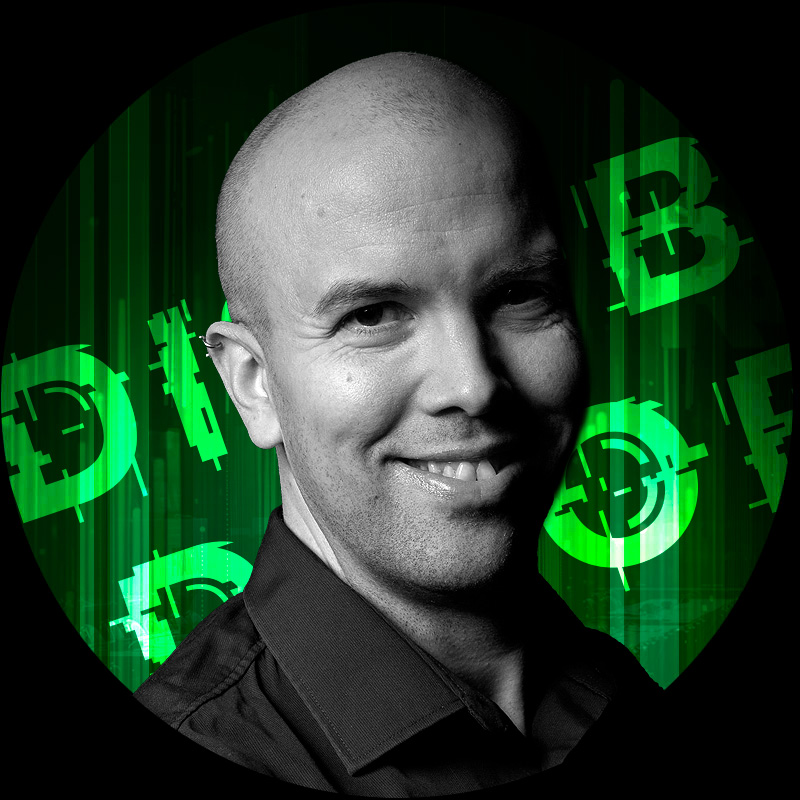







14th and 15th February, 2025
Kaapelitehdas, Helsinki Finland
Supercharging Your Security Pipeline: Managing Vulnerabilities in a Multi-Tool Jungle

Mikael Nilsson
In today’s rapidly evolving cybersecurity landscape, the sheer number of security tools available to scan your pipeline is constantly increasing. With new tools entering the market at an unprecedented pace, it can be challenging to manage overlapping findings and determine which tools excel in specific areas. The overwhelming amount of data generated can make it difficult to focus remediation efforts and build a comprehensive security posture.
Vulnerability management tools like DefectDojo address this challenge by correlating findings from various security tools, including SAST, DAST, SCA scanners, and image/container/posture scanners, presenting them on a single pane of glass. By creating a data model of your product stack and security engagements, and enriching it with metadata such as internet exposure and criticality, security management can make informed decisions on prioritizing vulnerability mitigation and remediation across your product range.
DefectDojo enables the triage of findings—filtering out non-applicable findings, false positives, and deduplication—prior to assigning them as work items, regardless of the source. While traditional process-based approaches can still be utilized, DefectDojo offers users the capability to automate much of the process. Allowing teams to run multiple security tools in parallel, comparing their outputs to determine the most effective solutions for your security needs.
Why is this important? According to the Verizon 2024 Data Breach Investigations Report (verizon.com/dbir), accelerating the patching of critical vulnerabilities is crucial. By filtering out irrelevant data and enabling developers to focus on quickly remediating critical vulnerabilities through risk-based SLAs, you can significantly reduce the time from vulnerability disclosure to remediation. Additionally, integrating tools through APIs and automating the processing, prioritization, deduplication, and assignment of findings to the appropriate developers further increases remediation velocity.
Vulnerability management tools like DefectDojo address this challenge by correlating findings from various security tools, including SAST, DAST, SCA scanners, and image/container/posture scanners, presenting them on a single pane of glass. By creating a data model of your product stack and security engagements, and enriching it with metadata such as internet exposure and criticality, security management can make informed decisions on prioritizing vulnerability mitigation and remediation across your product range.
DefectDojo enables the triage of findings—filtering out non-applicable findings, false positives, and deduplication—prior to assigning them as work items, regardless of the source. While traditional process-based approaches can still be utilized, DefectDojo offers users the capability to automate much of the process. Allowing teams to run multiple security tools in parallel, comparing their outputs to determine the most effective solutions for your security needs.
Why is this important? According to the Verizon 2024 Data Breach Investigations Report (verizon.com/dbir), accelerating the patching of critical vulnerabilities is crucial. By filtering out irrelevant data and enabling developers to focus on quickly remediating critical vulnerabilities through risk-based SLAs, you can significantly reduce the time from vulnerability disclosure to remediation. Additionally, integrating tools through APIs and automating the processing, prioritization, deduplication, and assignment of findings to the appropriate developers further increases remediation velocity.
Mikael Nilsson
Mikael works as the Product Security Lead for Customer Intelligence R&D at SAS Institute Inc. His work involves close collaboration with various teams within SAS, including Product Management, Cloud Operations, Research & Development, Legal and the Privacy Office and obviously SAS customers.
He has worked at SAS for 13 years, mostly in professional services as a technical architect in a global enablement role within the Customer Intelligence practice, but also as the Information Security Manager for the Nordics. In addition, he is a skilled trainer & presenter with over 15 years of presenting experience and has delivered numerous SAS bootcamps and workshops around the world. He is an ISO/IEC 27001 Lead Implementer (CIS LI) and a Certified Secure Software Lifecycle Professional (CSSLP).
Outside of work he is a serious casual video gamer, likes Japanese cars & is known to sample different beers wherever he may roam.

